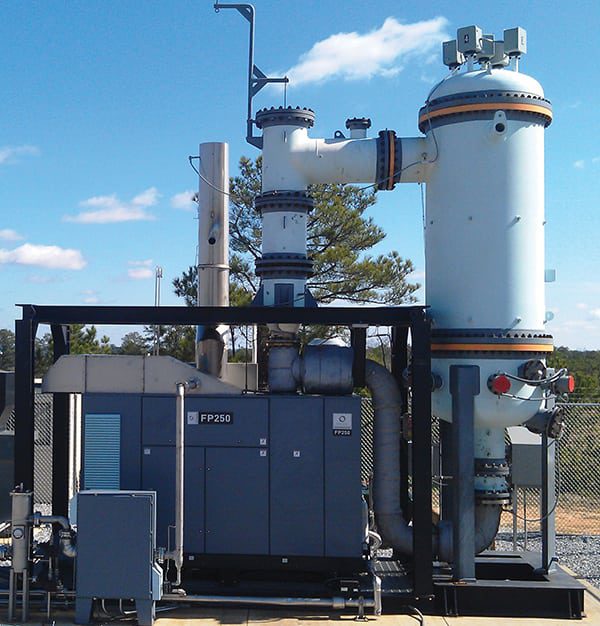U.S., Netherlands Harness Waste Gases for Distributed Generation
Methane emissions are garnering increasing attention because of their potential impact on the climate. Though far less methane is released to the atmosphere than carbon dioxide, methane has 20 to 25 times the potential warming effect. That’s spurred regulatory attention, highlighted by the January announcement from the Obama administration that it would roll out a series of initiatives designed to substantially cut methane emissions from the oil and gas industry.
But methane emissions are a problem beyond oil and gas production, as the gas is generated by a wide variety of industrial and agricultural processes. Because these emissions are typically impure, mixed with other gases such as oxygen and carbon dioxide, their low Btu value can make capturing and using them uneconomic. Even where there are economic incentives, such as in associated gas production from oil wells, the lack of gathering infrastructure can lead to the waste gases being flared or simply released to the atmosphere.
A variety of approaches are available to convert such waste gases to power, but they can come with additional challenges, such as generating harmful emissions of their own. In addition, they do not work with all types of waste gas.
Irvine, Calif.–based company Ener-Core believes it has a technology to harness these waste gases for power generation while producing far lower emissions. Rather than combusting the gases in a turbine or reciprocating engine, the company’s FP250 Powerstation employs an oxidizer that produces useful heat energy but does it at low enough temperatures to avoid producing harmful pollutants such as NOx (Figure 2). The output from the oxidizer is then fed into a 250-kW gas turbine generator.
The use of oxidizer technology allows the FP250 to accept a much wider range of fuel qualities, including very low–Btu waste gases that are unusable with other methods. The system can be configured to produce virtually undetectable levels of NOx, CO, and volatile organic compounds.
The first FP250 system was installed as a demonstration project at a landfill at the Fort Benning, Georgia, Army post. That one-year trial was funded by the Department of Defense. The first commercial FP250 system went online at a landfill in the Netherlands this past June.
Ener-Core also recently completed a license deal with Dresser-Rand to deploy the technology at an ethanol plant in California. That two-unit facility, using a larger version that integrates Ener-Core’s oxidizer system with Dresser-Rand’s KG2 turbine, will produce 3.25 MW for Pacific Ethanol’s refinery in Stockton and will include a heat-recovery steam generator. Generating its own power from previously flared waste gases is expected to save the plant about three to four million dollars a year. The $12 million project is projected to come online in the second quarter of 2016.
According to spokesman Colin Mahoney, Ener-Core is looking to enter into license agreements with other turbine manufacturers with larger size turbines, as well as with manufacturers of steam-generating technologies that would enable its technology to generate industrial-grade steam from waste gases.
—Thomas W. Overton, JD
